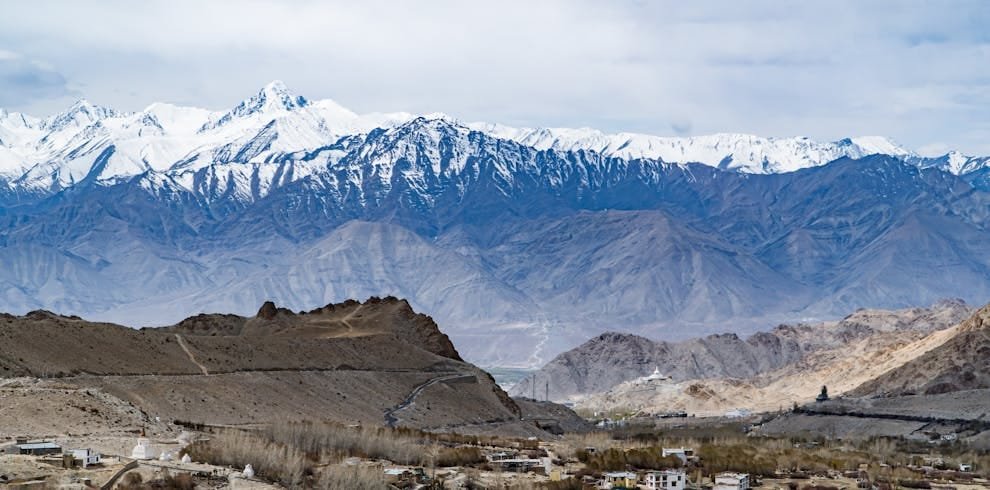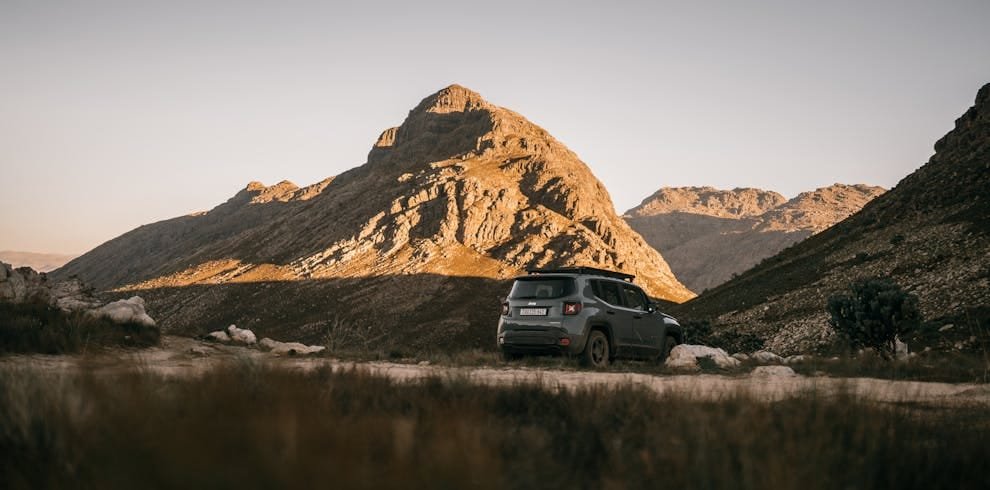- 5
- 6
- 2
- 3
- 5
- 6
- 2
- 6
- 5
- 5
- 2
- 6
- 4
- 2
- 6
- 5
- 6
- 5
Phyang
Phyang Monastery – A Tranquil Spiritual Retreat in Ladakh
Overview
Situated atop a small hill overlooking the picturesque Phyang village, Phyang Monastery is one of Ladakh’s most historically significant and visually captivating gompas. Founded in the 16th century by King Tashi Namgyal, the monastery is home to the Kagyupa (Red Hat) sect of Tibetan Buddhism, similar to the famous Lamayuru Monastery.
The story of its founding is steeped in Ladakhi royal intrigue. It is believed that King Tashi Namgyal ordered its construction as an act of atonement for blinding his elder brother in a bid to secure the throne. This fascinating backstory, combined with its architectural beauty, scenic location, and vibrant monastic life, makes Phyang a must-visit destination for travelers seeking both spiritual solace and historical insights.
Key Highlights of Phyang Monastery
🕉️ 1. Spiritual and Historical Significance
- Royal Connection: Built by King Tashi Namgyal in the 16th century as a form of atonement for blinding his elder brother and seizing the throne.
- Kagyupa Sect: The monastery belongs to the Kagyupa (Red Hat) order of Tibetan Buddhism, renowned for its unique teachings and rituals.
- Royal Legacy: Phyang is a symbol of the power struggles of Ladakhi royalty, yet it stands as a beacon of peace and forgiveness.
🎉 2. Phyang Tse-Dup Festival
- Annual Festival: Celebrated annually on the 2nd and 3rd of the 6th Tibetan month, corresponding to July-August in the Gregorian calendar.
- Cham Dance: Monks perform the Cham (mask dance), a colorful and theatrical display symbolizing the triumph of good over evil.
- Religious Rituals: Pilgrims and locals gather to witness religious ceremonies, blessings, and prayers.
- Cultural Extravaganza: The festival features traditional Ladakhi music, dance, and art, providing a vibrant and immersive experience for visitors.
🖼️ 3. Art, Architecture, and Artifacts
- Traditional Architecture: Built in the traditional Tibetan architectural style, the monastery boasts multi-level structures, stupas, and shrines.
- Murals and Thangkas: The monastery houses ancient murals and thangkas (Tibetan scroll paintings) that depict stories from Buddhist mythology.
- Buddha Statues: Visitors can see large, intricately designed statues of Buddha, Bodhisattvas, and protective deities.
- Monastic School: The monastery also operates a school for monks where Buddhist philosophy, meditation, and traditional arts are taught.
🌄 4. Scenic Location and Stunning Views
- Hilltop Perch: The monastery sits atop a small hill, providing panoramic views of the Phyang Valley and the surrounding snow-capped Himalayan peaks.
- Village Charm: The view of the quaint Phyang village below, with its green fields and traditional Ladakhi homes, adds to the serenity of the place.
- Nature Walks: The lush surroundings and scenic beauty make Phyang a great spot for leisure walks and photography.
🕉️ 5. Spiritual Practices and Meditation
- Buddhist Prayers: Monks chant prayers and conduct meditation sessions, offering a chance for visitors to experience peace and spiritual awakening.
- Meditation Halls: Visitors can sit in the meditation hall to experience the calming aura of this sacred space.
- Pilgrimage Destination: As a site of spiritual importance, Phyang Monastery draws pilgrims from across Ladakh and beyond.
Visiting Phyang Monastery
🕒 Timings
- Opening Hours: 7:00 AM to 6:00 PM (all days of the week).
- Best Time to Visit: The best time to visit is during the Phyang Tse-Dup Festival (July-August) or during the summer months (May to September) when the weather is pleasant.
🎫 Entry Fee
- Entry Fee: ₹30 per person (subject to change).
📍 How to Reach Phyang Monastery
- By Road: The monastery is located 17 km west of Leh town, and taxis or private vehicles are easily available.
- By Air: Leh Airport is the nearest airport, from where you can hire a taxi to reach the monastery.
- By Foot: For adventurous travelers, trekking trails to Phyang offer a scenic journey through Ladakh’s rugged terrain.
Why Visit Phyang Monastery?
- Experience the Phyang Tse-Dup Festival, with its colorful mask dance, celebrations, and religious rituals.
- Explore the historical intrigue of Ladakh’s royal legacy and the story of King Tashi Namgyal’s journey to forgiveness.
- Witness the beauty of ancient thangkas, murals, and Buddha statues, which tell stories of Buddhist philosophy and mythology.
- Enjoy a peaceful retreat amid the Himalayan mountains, ideal for meditation, introspection, and spiritual rejuvenation.
Phyang Monastery is not just a place of worship; it is a living testament to Ladakh’s history, art, and culture. With its deep spiritual roots, royal past, and stunning views, Phyang is a must-visit destination for history lovers, cultural explorers, and spiritual seekers alike.
🌄 Embrace peace, witness tradition, and explore Ladakh’s spiritual essence at Phyang Monastery!

- Jan
- Feb
- Mar
- Apr
- May
- Jun
- Jul
- Aug
- Sep
- Oct
- Nov
- Dec

- Jan
- Feb
- Mar
- Apr
- May
- Jun
- Jul
- Aug
- Sep
- Oct
- Nov
- Dec
